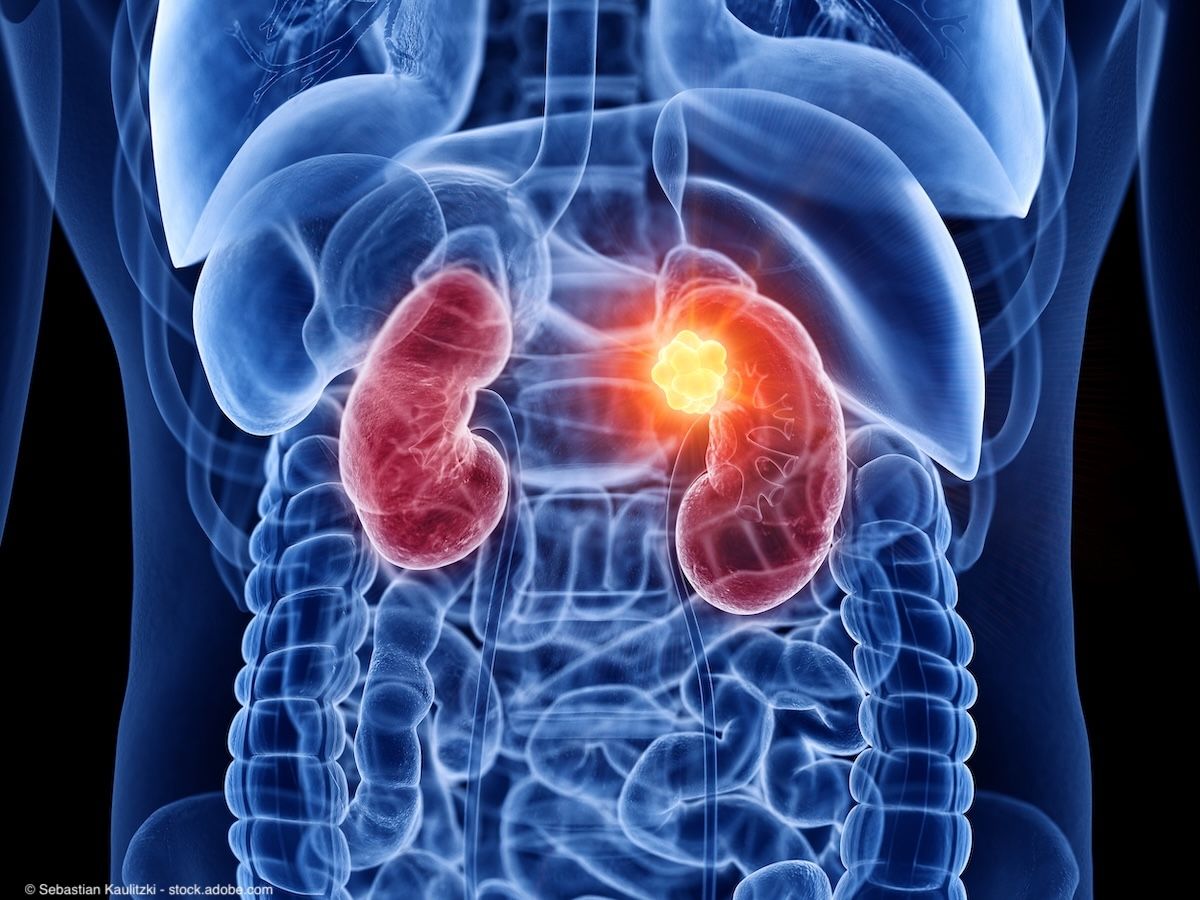Article
Ga-68 PSMA PET shows high specificity in predicting lymph node invasion in prostate cancer
Author(s):
Ga-68 PSMA PET imaging demonstrated greater specificity and higher positive predictive value (PPV) compared with 3 nomograms at predicting lymph node invasion in patients with prostate cancer, according to a study presented during the 36th Annual European Association of Urology Congress.1
Specifically among intermediate-risk patients, Ga-68 PSMA PET achieved specificity and PPV rates of 100%. Of note, sensitivity and negative predictive value (NPV) rates were higher for 2 of the nomograms than for Ga-68 PSMA PET.
“Despite lower sensitivity rates, Ga-68 PSMA PET had the highest rates of specificity and PPV. With supporting data from larger series, using Ga-68 PSMA PET as a lymph node invasion prediction tool instead of nomograms could avoid unnecessary lymphadenectomies during radical prostatectomy,” said first study author Yakup Kordan, MD, Koc University School of Medicine, Department of Urology, Istanbul, Turkey.
The study included 99 patients who had undergone radical prostatectomy and pelvic lymphadenectomy between May 2014 and September 2020. The median patient age at baseline was 65 years (range, 48-75) and the median PSA was 8 ng/mL (ranged, 2.5-99).
International Society of Urological Pathology (ISUP) scores of prostate biopsies were as follows: 1 (n = 9), 2 (n = 29), 3 (n = 23), 4 (n = 23), and 5 (n = 15). The D'Amico risk classification scores werelow for 6 patients, intermediate for 54 patients, and high for 39 patients. The final pathological staging was T2 for 41 patients at baseline, and ≥T3 for 58 patients. Fifteen patients had lymph node invasion (11 at high and 4 at intermediate risk groups) and the median lymph node yield was 17 (range, 1-47). The ISUP scores at final pathology (radical prostatectomy) were as follows: 1 (n = 5), 2 (n = 35), 3 (n = 29), 4 (n = 9), and 5 (n = 21).
All 99 patients had received Ga-68 PSMA PET prior to radical prostatectomy. For 2 of the nomograms used—Briganti 2012 and Partin—scores were calculated for all patients. For the third nomogram, 2018 Briganti, scores were only calculated for the 34 patients with MRI targeted prostate biopsies and multiparametric prostate MRIs prior to radical prostatectomy.
“2018 Briganti had the highest sensitivity rate and highest negative predictive value rate among all parameters,” said Kordan. Across all patients, the sensitivity rates were 100% for 2018 Briganti, 93.3% for Briganti 2012, 53.3% for Ga-68 PSMA PET, and 53.3% for Partin. The NPV rates were 100%, 96.2%, 92%, and 91%, respectively.
Specifically for the intermediate-risk subgroup, the sensitivity rates were 100% for 2018 Briganti, 75% for Briganti 2012, 25% for Ga-68 PSMA PET, and 25% for Partin. The NPV rates for this subgroup were 100%, 95.2%, 94.3% and 94%, respectively.
The specificity and PPV rates for Ga-68 PSMA PET were higher than for all other parameters. Across all patients, the specificity rates were 96.4% for Ga-68 PSMA PET, 84.5% for Partin, 40% for 2018 Briganti, and 30.9% for Briganti 2012. The PPV rates were 72.7%, 38%, 28%, and 19.4%, respectively.
Among intermediate-risk patients, the specificity rates were 100% for Ga-68 PSMA PET, 94% for Partin, 55% for 2018 Briganti, and 40% for Briganti 2012. The PPV rates in this subgroup were 100%, 25%, 10%, and 10%, respectively.
According to Kordan, “Unnecessary lymphadenectomies would have been avoided in 94.8% of patients for the Briganti 2012 nomogram if only Ga-68 PSMA PET was used to predict lymph node status. This rate was 94.4% for the 2018 Briganti nomogram and 92.3% for the Partin nomogram.”
Reference
1. Kordan Y, Köseoğlu E, Sarıkaya AF, et al. Preoperative prediction of lymph node invasion in prostate cancer: Ga-68 PSMA PET or nomograms? Presented at 36th Annual EAU Congress (virtual). July 8-12, 2021. P0840.
Newsletter
Stay current with the latest urology news and practice-changing insights — sign up now for the essential updates every urologist needs.
















